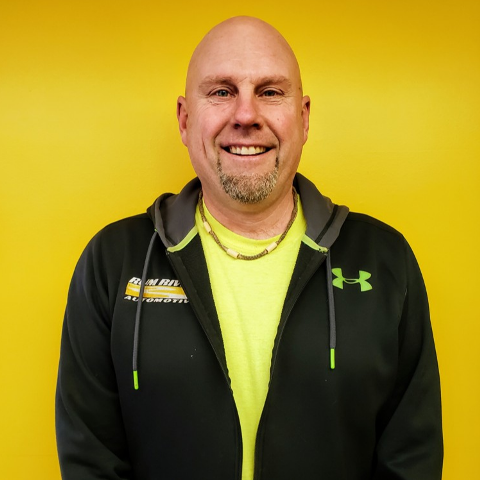How much do Car Axles & Struts Cost?
The Suspension System: Car Axles, Car Struts, and more!
Modern vehicle suspension systems are composed of many different parts. Vehicles vary in their suspension designs, but every suspension is composed of certain major subsystems, some of which are more prone to failure than others. The term "suspension" refers to all of the parts that connect the vehicle to the road and is designed to do three things:
- Support the vehicle
- Absorb bumps and other shocks
- Allow the vehicle to turn in response to steering input from the driver
There are 5 Major Suspension Subsystems, briefly described below:
- Tires, wheels and car axles - Some people don’t consider tires as part of the suspension system, but they’re actually a very important part of it. They provide traction for acceleration, braking, and cornering, as well as absorb small bumps. Tires wear over time, subject to cuts and punctures from hitting sharp objects or leaking air from small holes. Car axles and wheels can also fail from hard impacts such as accidents or hitting potholes.
- Springs - Every vehicle has some sort of spring that absorbs large bumps, (a metal part that bends in response to force). Springs can sometimes break if the vehicle hits a bump very hard, and many will sag eventually, but in general, these parts are much less prone to failure than most other suspension components.
- Shock absorbers and car struts - Shock absorbers (or car struts, similar to shocks) dampen the motion of the springs after a bump, keeping the vehicle from bouncing excessively. Shocks and struts are filled with a thick oil. The oil can leak over time, causing the shock or strut to fail. Impacts and accidents can also cause leakage or damage to internal parts.
- Linkages - Every suspension includes various rods and other connecting pieces that collectively keep the wheels where they’re supposed to be relative to the rest of the vehicle. Most of these linkages are solid metal parts that rarely fail except in major accidents.
- Bushings, bearings, and joints - Because most parts of any suspension must be movable, the various linkages are connected by bushings, bearings, and joints, connections that allow a small amount of twisting or sliding. These components will wear out over time, resulting in a replacement of the part.
If you have questions about the components of the suspension system, contact our ASE Certified Technicians at Rum River Automotive for more information and to find out how much do car axles cost. Since 1997, our auto shop has served vehicle owners in Princeton, MN, and in the surrounding areas of Milaca, MN, and Zimmerman, MN.

The Suspension System: Car Axles, Car Struts, and more!
Modern vehicle suspension systems are composed of many different parts. Vehicles vary in their suspension designs, but every suspension is composed of certain major subsystems, some of which are more prone to failure than others. The term "suspension" refers to all of the parts that connect the vehicle to the road and is designed to do three things:
- Support the vehicle
- Absorb bumps and other shocks
- Allow the vehicle to turn in response to steering input from the driver
There are 5 Major Suspension Subsystems, briefly described below:
- Tires, wheels and car axles - Some people don’t consider tires as part of the suspension system, but they’re actually a very important part of it. They provide traction for acceleration, braking, and cornering, as well as absorb small bumps. Tires wear over time, subject to cuts and punctures from hitting sharp objects or leaking air from small holes. Car axles and wheels can also fail from hard impacts such as accidents or hitting potholes.
- Springs - Every vehicle has some sort of spring that absorbs large bumps, (a metal part that bends in response to force). Springs can sometimes break if the vehicle hits a bump very hard, and many will sag eventually, but in general, these parts are much less prone to failure than most other suspension components.
- Shock absorbers and car struts - Shock absorbers (or car struts, similar to shocks) dampen the motion of the springs after a bump, keeping the vehicle from bouncing excessively. Shocks and struts are filled with a thick oil. The oil can leak over time, causing the shock or strut to fail. Impacts and accidents can also cause leakage or damage to internal parts.
- Linkages - Every suspension includes various rods and other connecting pieces that collectively keep the wheels where they’re supposed to be relative to the rest of the vehicle. Most of these linkages are solid metal parts that rarely fail except in major accidents.
- Bushings, bearings, and joints - Because most parts of any suspension must be movable, the various linkages are connected by bushings, bearings, and joints, connections that allow a small amount of twisting or sliding. These components will wear out over time, resulting in a replacement of the part.
If you have questions about the components of the suspension system, contact our ASE Certified Technicians at Rum River Automotive for more information and to find out how much do car axles cost. Since 1997, our auto shop has served vehicle owners in Princeton, MN, and in the surrounding areas of Milaca, MN, and Zimmerman, MN.



